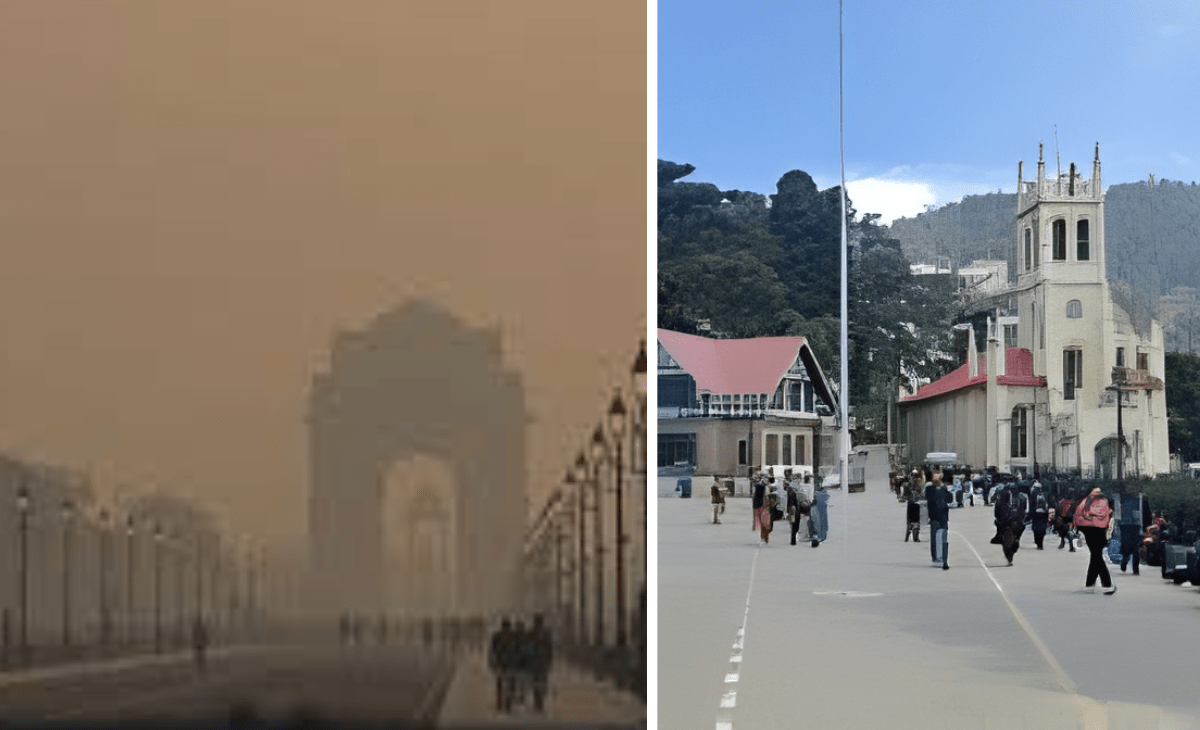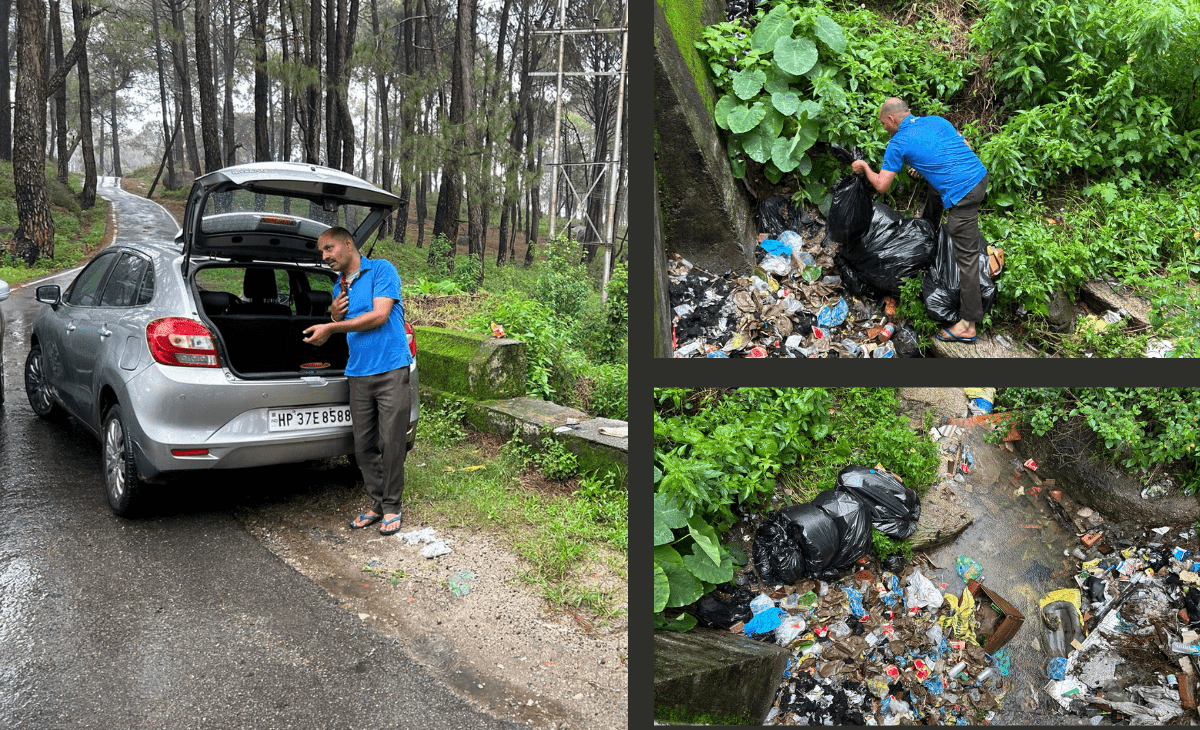TNR News Network
Shimla: While a thick smog continues to choke Delhi and other north Indian cities with Air Quality Index (AQI) levels soaring to “severe” zones, Himachal Pradesh is witnessing a contrasting scene — crisp mountain air, clear skies and a rush of tourists eager to escape the pollution blanket.
At 10 am on Friday (October 24, 2025), Delhi recorded an AQI of 427, a level equivalent to inhaling the smoke of 22 to 25 cigarettes a day, according to a study.
In sharp contrast, Shimla’s AQI hovered around 57 on Diwali day, while Manali recorded 99 and Dharamshala 120 — all within the “satisfactory to moderate” range, as per data from the Himachal Pradesh State Pollution Control Board (HPSPCB).
Tourists turn to hills for clean air
As toxic haze continues to blanket the plains, the clean air of Himachal’s hill stations has become a post-Diwali magnet. Tourist influx into Shimla, Manali, and Dharamshala has surged this week, with hotels reporting near-full occupancy.
“Visitors from Delhi, Punjab and Haryana are heading to the hills not just for leisure but for relief from polluted air,” said Anil Chandel, a Shimla-based hotelier. “We’re urging people to come and experience what real fresh air feels like — even after Diwali, our skies are blue.”
Local tourism associations have also launched social media campaigns highlighting Himachal’s clean air advantage, using hashtags like #BreatheInHimachal and #PostDiwaliEscape to attract visitors.
Himachal’s air quality stays in safe zone
According to HPSPCB data, Himachal’s average AQI remained under 100 even during the Diwali peak, reflecting effective pollution control and minimal firecracker use. The AQI of Shimla was 57, Manali 99, Dharamshala 120 and state average 99.
Environmental officials attributed the clean air to the state’s forest cover, cooler temperatures and improved public awareness about green Diwali practices. “Unlike the plains, temperature inversion here is limited, allowing pollutants to disperse quickly,” said an HPSPCB official.
Delhi’s ‘Gas Chamber’ woes deepen
Meanwhile, Delhi and adjoining NCR cities remain under a suffocating smog layer. AQI levels above 400 are considered “severe” and hazardous for health, capable of triggering respiratory and cardiac ailments. Experts compare such pollution levels to smoking a pack of cigarettes daily.
Despite restrictions on firecrackers and curbs on vehicular emissions, post-Diwali pollution in Delhi has shown little improvement. As the toxic air lingers, the clean, pine-scented breeze of Himachal has become the most sought-after luxury for residents of north India this festive season.





